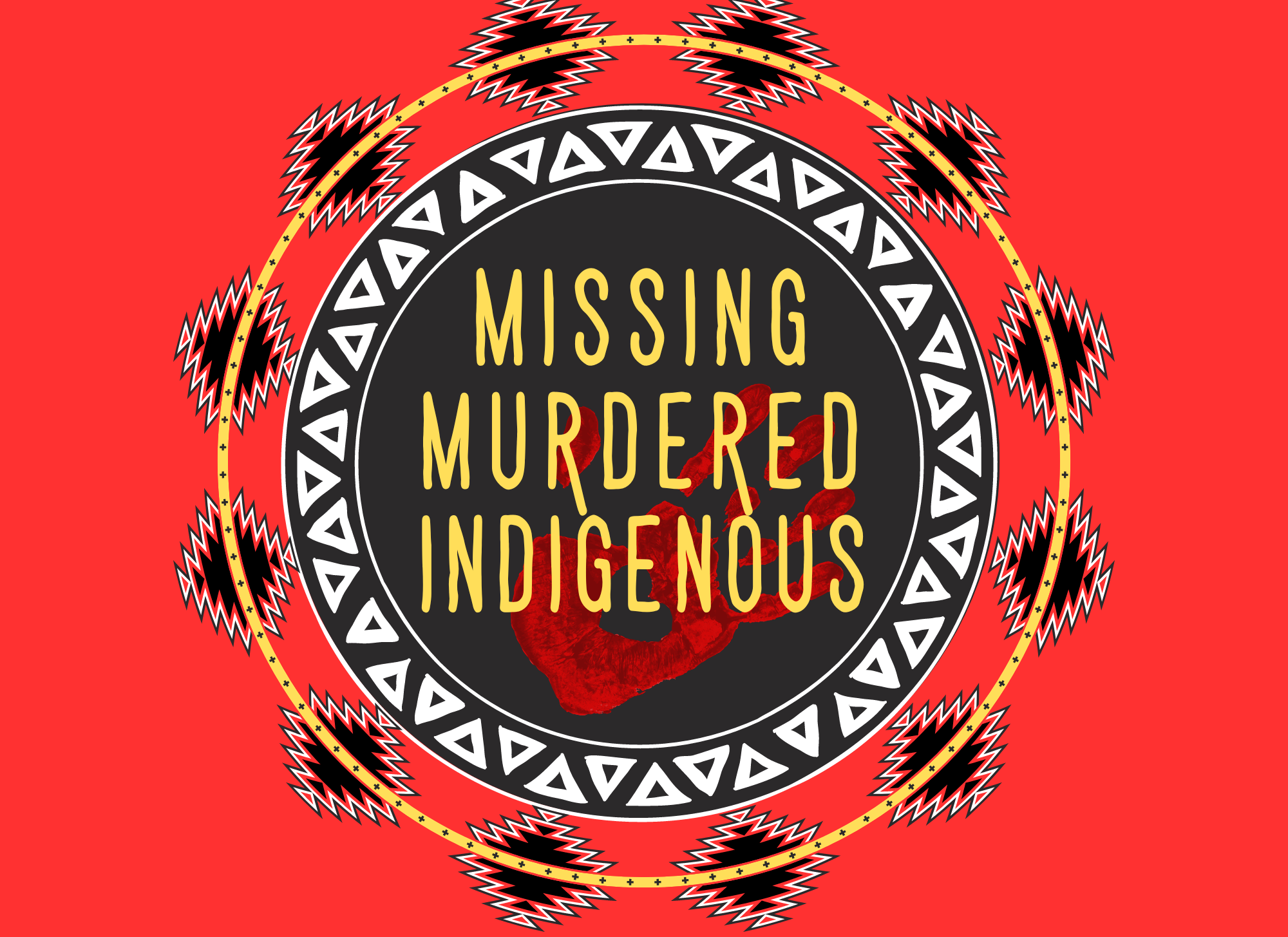Missing and Murdered Indigenous Relatives Month

The Month of May Recognizes Missing and Murdered Indigenous Relatives (MMIR) In the United States, Native American women are two and a half times more susceptible to experiencing violence in their lifetime than any other demographic. Among the American Indian and Alaska Native women who have experienced sexual violence in their lifetime, almost all (96 percent) have experienced sexual violence by an interracial perpetrator, and 21 percent have experienced sexual violence by an interracial perpetrator. (Rosay, André B. (May 2016). "Violence Against American Indian and Alaska Native Women and Men: 2010 Findings From the National Intimate Partner and Sexual Violence Survey") The last known count of missing and murdered women was 5,712 in 2016. Alarmingly, only 116 of those cases were reported to the Department of Justice's missing persons’ list. The United States government cannot provide a valid reason why they have been unable to protect and accurately report these missing women. Their reasons included the following:
- Jurisdictional issues between state and tribal land.
- A lack of communication between tribes and government officials.
- A lack of community awareness and support.
- Insufficient services such as amber alerts and media coverage.
In November 2019, President Donald Trump formed Operation Lady Justice (OLJ) to enhance the criminal justice system and address the concerns of indigenous communities regarding missing and murdered people. Savanna's Act was passed in 2020 and is designed to assist authorities in responding more efficiently to cases of missing and murdered. The belief is that law enforcement coordinated responses, data collection, and information sharing will improve the response to missing and murdered indigenous people. Savanna's Act was named for Savanna LaFontaine-Greywind of Fargo, North Dakota. Savanna was eight months pregnant when she was reported missing from her apartment complex on August 19th, 2017. On August 24th, 2017, Savanna's baby was located in the apartment above Savanna's apartment that she had shared with her parents. Tenants of the building grew suspicious after hearing a baby crying for several days. The tenants reported that no babies were residing in the complex. Savanna's body was found in the Red River on August 27th, 2017, nine days after her disappearance. Brooke Crews and her boyfriend, William Hoehn, were arrested when the baby was found in their apartment. The couple was charged with conspiracy to commit murder, conspiracy to commit kidnapping, and giving false information to the police. The baby underwent DNA testing that confirmed the baby was Savanna's daughter, that had survived a criminal C-section. Savanna's daughter has since been reunited with her father. (Savanna LaFontaine-Greywind Case: Boyfriend Speaks Out - People. https://people.com/crime/savanna-lafontaine-greywind-north-dakota-baby-boyfriend-speaks/) Wearing red is a way to remember and respect our missing and murdered loved ones. In some tribes, red is known to be the only color that spirits can see. By wearing red, the voices of the missing and murdered are represented and remembered. The original creator of the Red Dress campaign, Jaime Black, of the Metis Aboriginal Group from Canada, stated that red is the lifeblood and connection to all of us. Please honor our missing and murdered indigenous people and wear red throughout May. ARC had various monthly events to commemorate our Missing and Murdered Relatives. The Advocacy Resource Center (ARC) hosted the Red Dress Campaign on Shunk Road during the month of May. This year, ARC added Red Dress Displays to each Tribal Housing location in our seven-county service area. The Red Dress Campaign is a public display of red dresses hung to commemorate all "Missing Sisters" and honor their memory. ARC will also include red shirts, pants, and jackets to help remember our Missing and Murdered Relatives. Yard signs will also be available to those who are interested. ARC is currently seeking information to add to the MMIR database to track the numbers of our missing and murdered Sault Tribe relatives. Relatives or friends with information about a missing or murdered Sault Tribe member are encouraged to contact Jess Gillotte-King, Community Educator, at 906-632-1808 with their information. ARC wants to maintain an accurate count of our tribal members taken from us. The ARC has also created a Missing Persons Toolkit to assist families if a loved one goes missing. Toolkits are available at the Advocacy Resource Center and can be obtained by contacting the ARC office at 906-632-1808. For more information or ways to honor missing and murdered relatives, visit the ARC's Facebook page at www.facebook.com/saulttribeARC or the ARC's official website at www.arcsaulttribe.com.